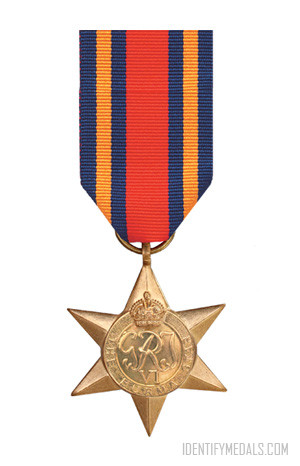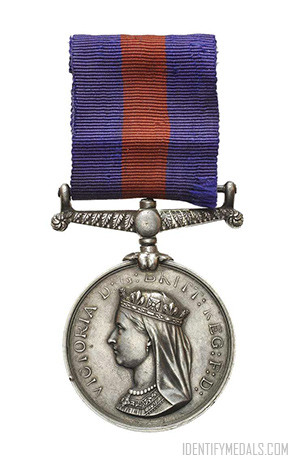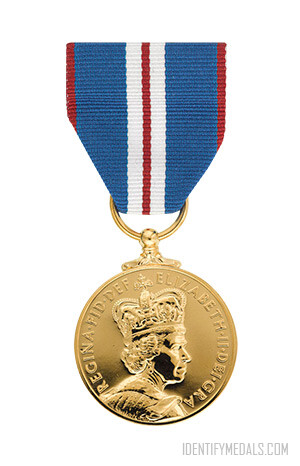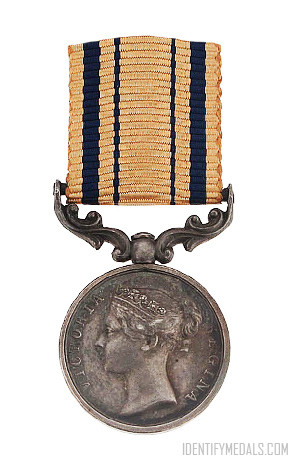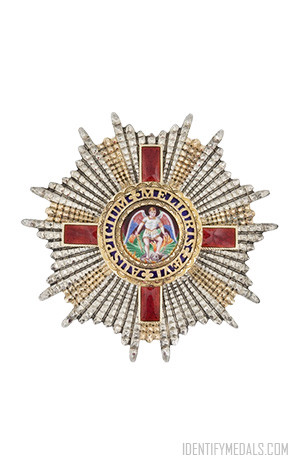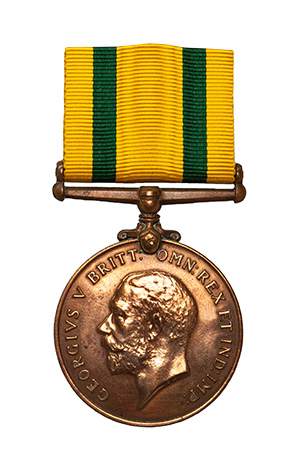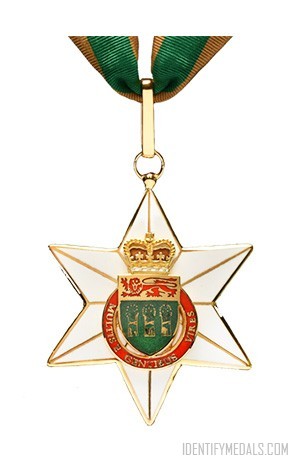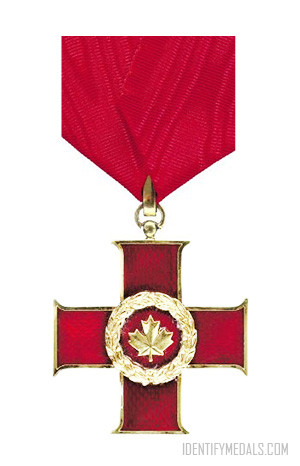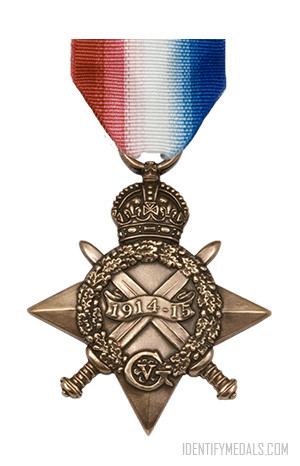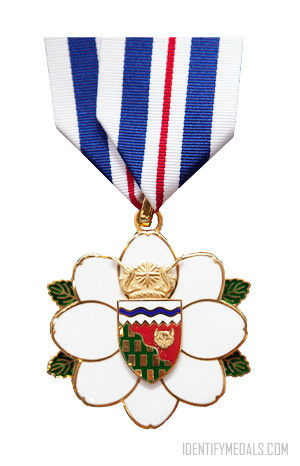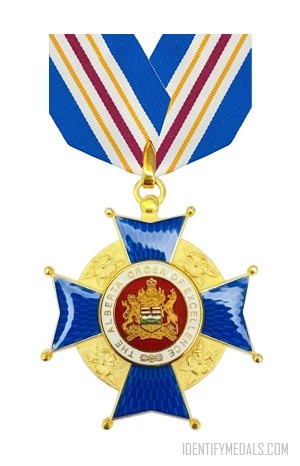- Time Period: World War II
- Institution: May 1945
- Country: Great Britain, Australia
The Burma Star is a military campaign medal, instituted by the United Kingdom in May 1945 for award to subjects of the British Commonwealth who served in the Second World War, specifically in the Burma Campaign from 1941 to 1945.
Eight campaign stars and nine clasps were initially instituted for campaign service during the Second World War. No-one could be awarded more than five (now six) campaign stars and no-one could be awarded more than one clasp to any one campaign star.
The Burma Campaign took place between 11 December 1941 and 2 September 1945, when Japanese forces invaded Burma and drove British forces back to the Indian border. The Allies were not in a position to strike back and regain a foothold in Burma until early in 1944. Prisoners of War were forced by their Japanese captors to labour on projects such as railway construction and were frequently tortured and starved. Approximately 13,000 British soldiers and 2,000 civilians died in Japanese prisoner camps.
The Burma Star Design
The set of nine campaign stars was designed by the Royal Mint engravers. They are six-pointed stars, struck in a yellow copper zinc alloy to fit into a 44 millimeters diameter circle. All of them all have a ring suspender which passes through an eyelet above the uppermost point of the star.
The obverse has a central design of the Royal Cypher “GRI VI”, surmounted by a crown and the inscription “THE BURMA STAR”. The reverse is plain and, as with the other Second World War campaign medals, a no engraving policy was applied.
The ribbon is 32 millimeters wide, with a 3½ millimeters wide navy blue band (representing the British Naval forces), a 4 millimeters wide dark yellow band (representing the sun) and a 3½ millimeters wide navy blue band, repeated and separated by a 10 millimeters wide Army red band (representing the Commonwealth Armies).
The clasp was designed to be sewn onto the medal’s ribbon and struck in a yellow copper-zinc alloy. The frame has an inside edge that resembles the perforated edge of a postage stamp.
Find This Campaign Medal
More WW2 British Campaign Medals
During World War II (1939–1945) British campaign medals were awarded to members of the British Armed Forces and civilians for active service in specific military campaigns or operations. These included:
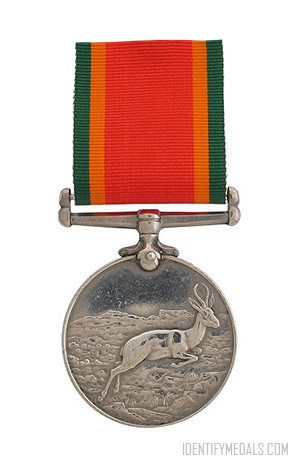
The Africa Service Medal
The Africa Service Medal is a South African campaign medal instituted by King George VI and awarded for service during the Second World War.
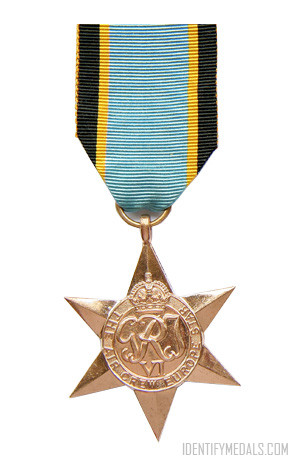
The Air Crew Europe Star
The Air Crew Europe Star is a military campaign medal awarded to subjects of the British Commonwealth for service in the Second World War.
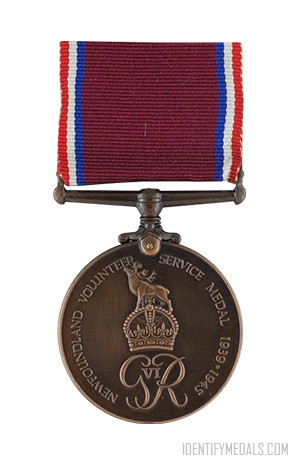
The Newfoundland Volunteer War Service Medal
The Newfoundland Volunteer War Service Medal was created to honor those from Newfoundland & Labrador who served in British Forces.
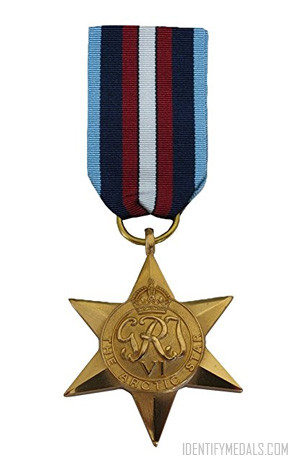
The Arctic Star
The Arctic Star is a military campaign medal which was instituted for service on the Arctic Convoys north of the Arctic Circle in WW2.
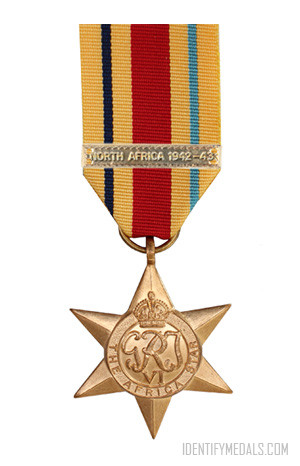
The Africa Star
The Africa Star is a military campaign medal awarded to those who served in the Second World War specifically in North Africa.
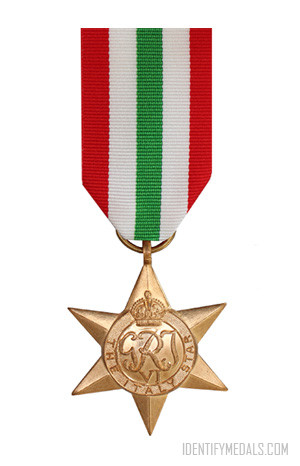
The Italy Star
The Italy Star is a military campaign medal, instituted by the United Kingdom in May 1945 for service in the Italian Campaign 1943 to 1945.
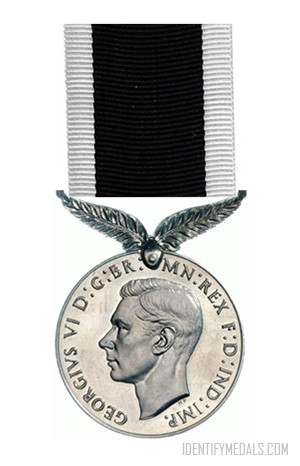
The New Zealand War Service Medal
The New Zealand War Service Medal (NZWSM) was awarded to members of the New Zealand armed forces and Reserves during WW2.
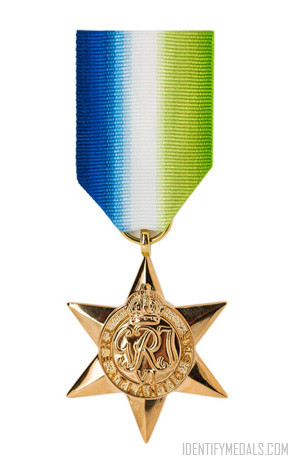
The Atlantic Star
The Atlantic Star is a military campaign medal, instituted by the United Kingdom in May 1945 for the Battle of the Atlantic.

